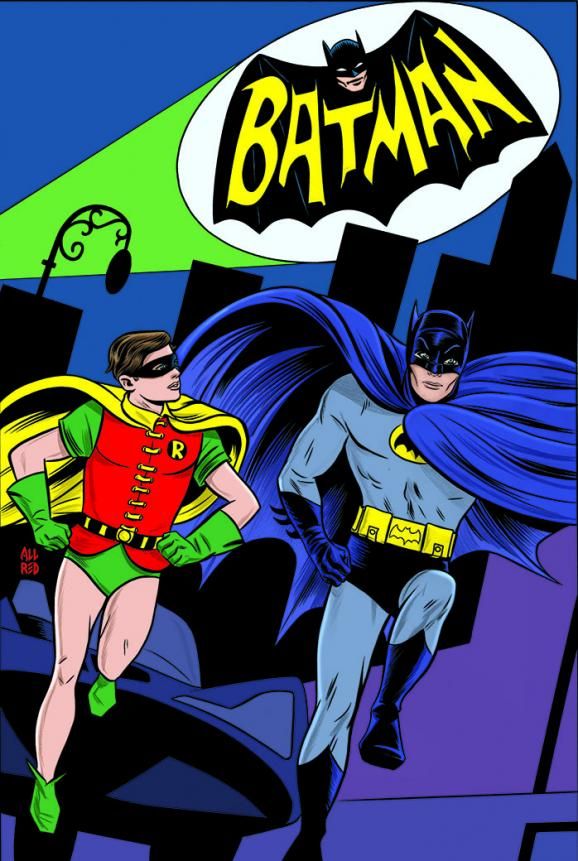How quickly we're evolving: From Yvyes Bigerel's rough demo in February 2009 to the near-simultaneous launch of Mark Waid's Thrillbent and Marvel's Infinite Comics in March 2012 to the Marvel ReEvolution suite of digital initiatives announced earlier this year (and still coming). And now we have DC Comics' entry, DC2 ("DC Squared"), which looks to be the company's take on Bigerel's concepts. Also announced is DC2 Multiverse, a choose-your-own-adventure style digital comic that will inform DC on readers' story choices.
While the latter seems a little creepy, it's becoming clear that after years of digital and webcomics primarily mimicking print comic books and comic strips, a new kind of comic is emerging, one that is changing how they're made and read.
These current platforms were far from the first to experiment with digital. Artists like Cayetano Garza Jr. began experimenting with limited effects and layout as early as 1998. Scott McCloud's infinite canvas theory, in which digital could break free of the confines of the limited dimensions of a page, was proposed in 2000, ironically in the pages of his print book Reinventing Comics. Experiments with using an infinite canvas followed, but it never grabbed hold as a standard format. Mostly, webcomics have echoed the structure and dimensions of daily newspaper strips with the occasional experimentation.
Motion comics were an attempt to create a new generation of comics, but they ultimately failed because they no longer worked as comics and barely work as animation. Zac Gorman's Magical Game Time incorporates animation much more effectively while still retaining the language of comics.
The key that Bigerel and Waid landed on is how time is experienced in comics. The passage of time can only be suggested but is ultimately controlled by the reader -- that's why some people complain it only takes five minutes to read a comic when there isn't dense scripting on every page; they're merely skimming the images, they're not reading them. While skimming might be an unfortunate way to experience comics, it's ultimately the reader's choice, and that choice is one of the unique aspects of the medium. Like fine art, you can look at a Picasso for as long as you want. More similarly, books also suggest pacing and the passage of time with the style of writing, but ultimately the reader can spend as much time on a sentence as he or she wants.
On the other side of the spectrum is theater, television, film and music. Images and/or sound are presented to you in the sequence they are intended to be experienced at the exact rate they are to be experienced. Sure, you can hit slow motion or play it backward (well, probably not during a play), but it always returns to the same pre-set timing. The simplistic brilliance of Bigerel's concept is that instead of spreading panels out across an infinite canvas, he stacked them up on each other like animation cells. It's essentially a PowerPoint slideshow using comics. And most importantly, the reader controls when the next slide comes up.
While this simple change retains the language of comics, it fundamentally alters how the comics read and how they're created. The writers, and probably more so the artists, have to re-think how they approach their storytelling techniques. There are benefits. Surprises can be controlled better because there's no risk of a reader's eye scanning over the opposite page and seeing the reveal of the big monster. Page breaks become clicks. Layering is one of the biggest advantages. Instead of a sequence taking place from left to right, it can happen in the same spot, with additions to the image adding more information with each click. For the letterer, the reading order of dialogue can be controlled more. There's less chance of confusing the reader over what to read next when you can have the dialogue become visible in the correct order.
As Waid stresses on Thrillbent's About page, this new breed of comics isn't meant to replace print. Both ways of making and reading comics offer something unique and valuable. Watching the evolution is fascinating and seeing the creativity that comes from it is exciting. I can't wait to see what kind of storytelling and artistic innovations come from it. For the first time, the digital landscape is being treated like its own landscape and not just a mimic of print. The possibilities are endless.


